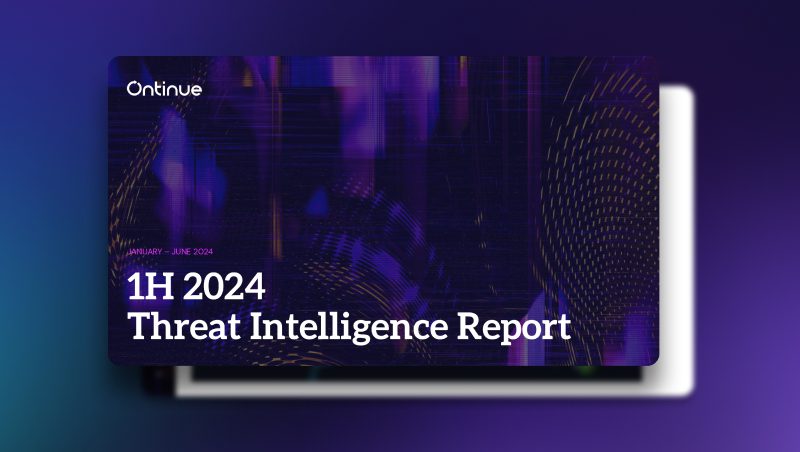Maximizing Your Microsoft Licensing to Reduce Costs and Increase Security

You can read our complete Microsoft Security Licensing guide here.
Executive Summary
Many organizations invest in Microsoft products but often fail to utilize their full potential, leading to unused licenses, commonly referred to as “shelfware.” Our guide explores how to maximize the value of your Microsoft E5 license, highlighting critical security functionalities that can help reduce costs by eliminating redundant products.
Understanding Microsoft Licensing
Microsoft frequently updates its product names and associated licenses, making it essential to stay informed about the latest offerings. As of September, 2024, here’s a breakdown of key security features included in the E5 license:
1. Identity Protection
Identity protection is crucial as 80% of hacking attempts are identity-based. While the E3 license supports Multi-Factor Authentication (MFA) and Conditional Access, it lacks the ability to detect compromised users. The E5 license includes Identity Protection, enabling detection, investigation, and remediation of identity-based risks. This feature allows for Risk-Based Conditional Access and Privileged Identity Management, reducing the need for additional products.
2. Endpoint and Network Protection
Endpoint and network protection are vital but resource-intensive. The E3 license includes basic desktop anti-virus, but the E5 license offers Endpoint Detection and Response (EDR), which correlates events across all endpoint devices. This comprehensive approach allows for better threat detection and response. For organizations lacking 24/7 monitoring capabilities, Ontinue’s Managed Detection and Response (MDR) service can provide continuous protection. Additionally, Extended Detection and Response (XDR) combines endpoint and network data for enhanced threat detection and remediation.
3. Data Loss Prevention (DLP) and Anti-SPAM Protection
Data loss is a top concern for CIOs. The E5 license includes Microsoft Defender for Office, which offers sensitivity labeling and DLP for emails and files, reducing the need for third-party tools like Proofpoint and Mimecast. The anti-SPAM feature uses advanced filtering technologies to separate junk email from legitimate messages.
4. Cloud Application Protection
With the rise of third-party cloud applications, controlling data access and user behavior is challenging. The E5 license includes Defender for Cloud Apps, a Cloud Security Access Broker (CASB) that provides visibility, control, and protection for cloud applications. This feature can replace existing CASB solutions.
5. Compliance and Auditing
Compliance is often prioritized over security due to legal implications. The E5 license includes Purview, which helps govern, protect, and manage data across its lifecycle. This integrated solution can replace other tools, while ensuring compliance and reducing costs.
Summary
Microsoft’s licensing can be complex and ever-changing, leading to confusion and unnecessary software purchases. To maximize your Microsoft license, consider the following questions:
- What product licenses are owned?
- What is currently deployed?
- Which third-party products can be replaced with Microsoft solutions?
- How often are products updated?
- How many staff members support these products?
- Are the products monitored 24/7?
- When was the last infrastructure and security audit performed?
Ontinue offers free workshops to help qualifying organizations optimize their Microsoft licenses and reduce costs.
Contact us today to schedule your evaluation.


